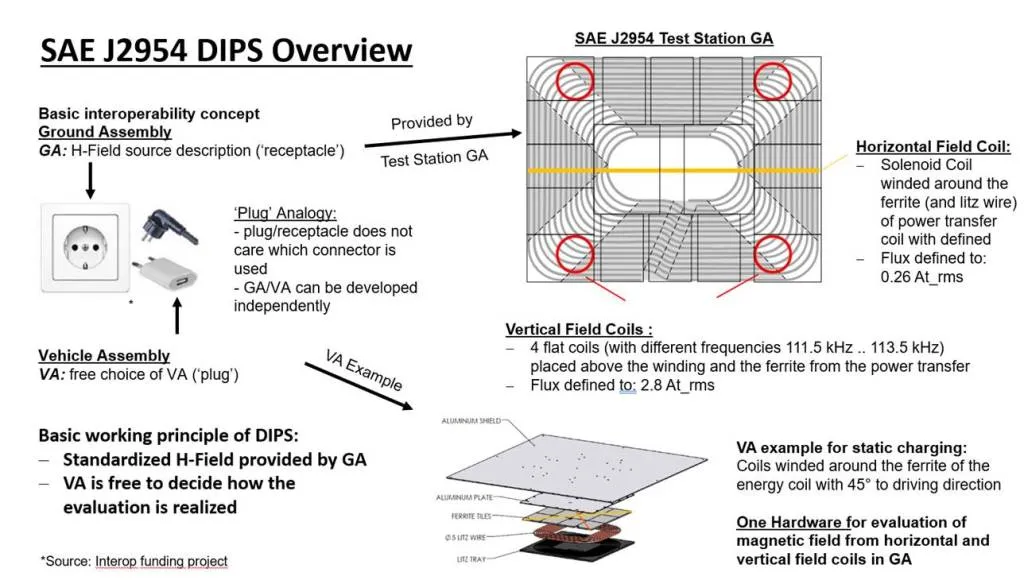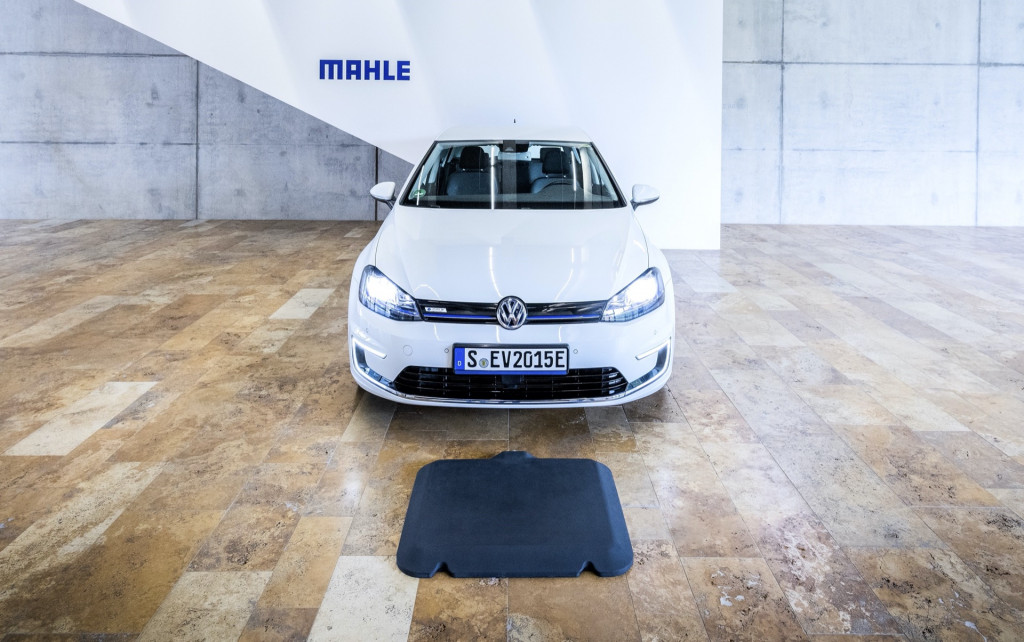Detroit: The future of electric vehicle (EV) charging is moving toward a wireless reality, with a new technology standard that could soon make cumbersome charge ports and cables a thing of the past. The latest advancement in EV wireless charging is the Differential Inductive Positioning System (DIPS), a breakthrough that promises to streamline the way we power up our EVs.
A Unified Standard for Seamless Charging
Wireless charging technology, which uses an oscillating magnetic field to transmit power through electromagnetic induction, has been around for a while. However, until recently, it faced significant hurdles, primarily related to compatibility and efficiency. But now, the industry is on the brink of a major transformation.
The introduction of DIPS, a key component of the new SAE J2954 wireless charging standard, is set to revolutionize EV charging. DIPS utilizes a low-intensity magnetic field and multiple smaller coils to ensure precise alignment between the vehicle and the charging pad, regardless of vehicle ride height or weather conditions. This innovation addresses the challenge of aligning EVs with charging pads, making wireless charging more reliable and efficient.
Cross-Compatibility: A Game-Changer for Wireless Charging
One of the biggest obstacles to the widespread adoption of wireless EV charging has been the lack of cross-compatibility between different hardware from various suppliers. The new DIPS standard changes that. It ensures that wireless charging components, whether they are driveway or parking lot pads, vehicle units, or fleet systems, will work seamlessly together. This cross-compatibility means that consumers and businesses can invest in wireless charging technology with confidence, knowing that their systems will be compatible with future upgrades and devices.
The SAE International, the same organization that established the Tesla-based NACS charging interface, finalized the methodology for DIPS in November 2023. This standard supports unidirectional wireless power transfer, which not only charges vehicles but also allows power stored in EV batteries to be sent back to the grid or home, paving the way for wireless bidirectional charging.

Efficiency and Performance
Wireless charging has often been criticized for being less efficient than traditional plug-in methods. However, the new DIPS standard addresses this concern. It enables wireless power transfer of up to 11 kW with efficiencies reaching 93%—almost on par with physical charging connectors when considering the energy loss over long cables. This level of efficiency, combined with the convenience of wireless charging, makes it an attractive option for both individual EV owners and fleet operators.
The Road Ahead: A Shift in EV Charging
While wireless charging currently comes at a higher cost compared to traditional plug-in methods, the long-term benefits could be significant. For one, it could reduce the dependency on DC fast-charging stations, making public EV charging simpler and more accessible. The convenience of parking and charging without the need for physical connections could also encourage more drivers to switch to electric vehicles.
The adoption of wireless charging has been slow due to its expense and compatibility concerns. However, with the introduction of the DIPS standard and increasing hints that Tesla might embrace wireless technology, the industry could be on the verge of a significant shift. As more suppliers develop compatible components, and as economies of scale drive down costs, wireless charging could become the new norm for EVs, making the process of keeping vehicles powered up as simple as parking in the right spot.
With this new standard in place, the dream of a cable-free, effortless charging experience for electric vehicles is closer to becoming a reality. The future of EV charging is wireless, and it’s arriving faster than we might have expected.

